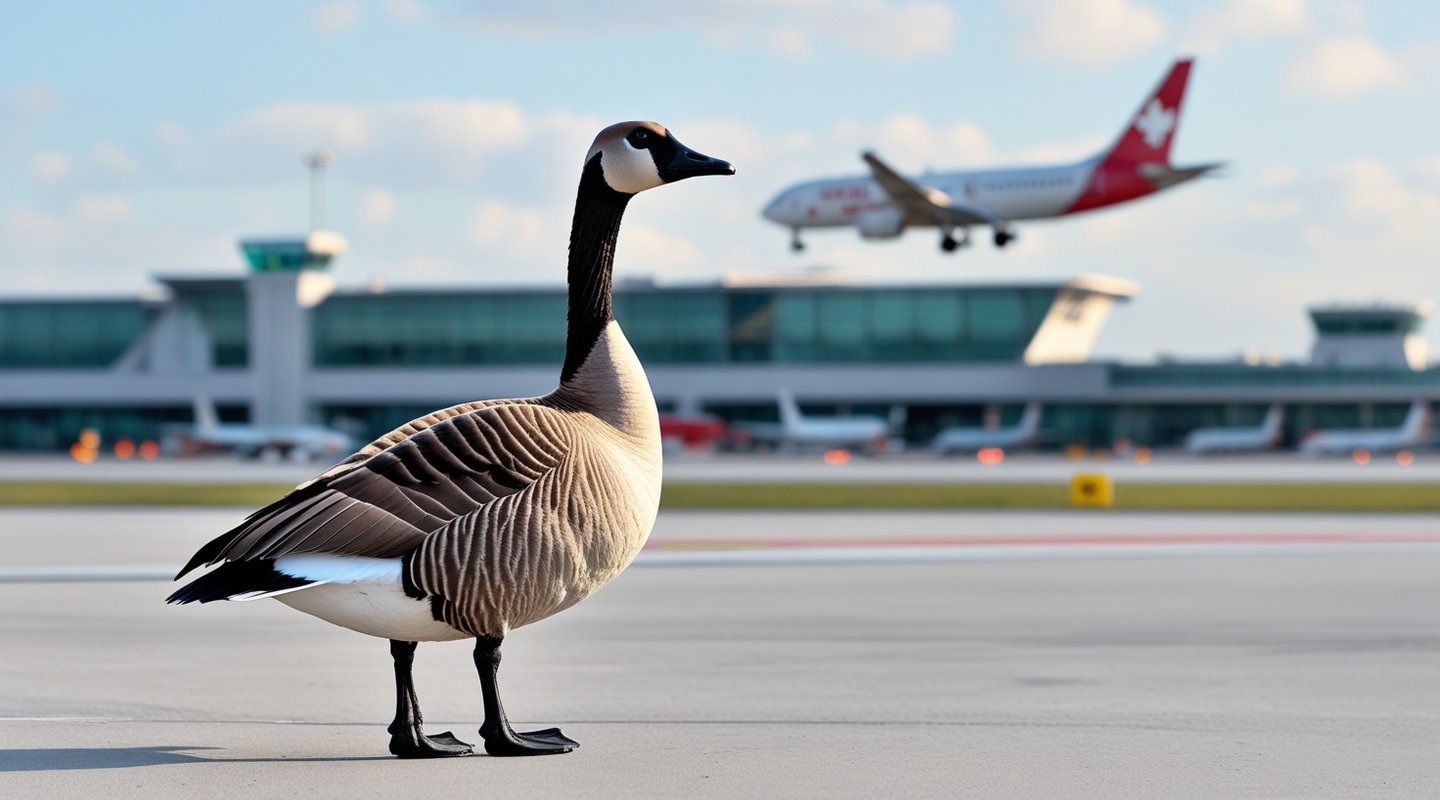Identifying High-Risk Wildlife Species at Aerodromes: A Focus on Behavior and Ecology
This article sheds light on the significance of pinpointing the wildlife species most likely to pose risks at aerodromes. By examining behavioral patterns and ecological factors, aerodrome operators and wildlife specialists can channel their efforts where they matter most, ensuring a higher level of safety and efficiency.
FUNDAMENTALS OF WILDLIFE HAZARD MANAGEMENT
Waleed MAHROUS
12/30/20242 min read


Understanding the behavior and ecology of wildlife species is crucial for effective wildlife hazard management at aerodromes. By identifying high-risk species and their patterns, aerodrome operators can focus on the most significant threats, enhancing aviation safety and operational efficiency.
What are the characteristics of high-risk species?
High-risk wildlife species typically share certain characteristics:
Size: larger birds and mammals pose a greater risk due to their potential to cause significant damage to aircraft.
Flocking behavior: species that form large flocks, such as starlings, lapwings, and pigeons, present an increased hazard.
Attraction to Aerodrome Environments: species that find aerodromes suitable for feeding, breeding, or roosting are particularly problematic.
What are the key high-risk species?
Based on historical data and behavioral patterns, some of the most hazardous wildlife to airport operations include:
Gulls: adaptable and often present in large numbers near water bodies or waste sites.
Waterfowl: geese and ducks can cause severe damage due to their size and flocking behavior.
Raptors: birds of prey are attracted to open grasslands for hunting.
Deer: large mammals that can cause catastrophic damage if struck by aircraft.
For effective management, what behavioral patterns and ecological factors should be considered?
Understanding the following factors is essential for effective management:
Feeding Habits: many species are attracted to aerodromes due to food availability. For instance, insects in grassy areas attract insectivorous birds.
Breeding Cycles: Nesting sites on airport structures can lead to increased wildlife presence during breeding seasons.
Migration Patterns: Seasonal movements can dramatically increase the presence of certain species at specific times of the year.
Habitat preferences: Wetlands, open grasslands, and wooded areas near aerodromes can attract various wildlife species.
How to manage such species?
To effectively identify and manage high-risk species:
Conduct Regular Surveys: Implement systematic wildlife counts and behavior observations on and around the aerodrome.
Analyze Strike Data: Review historical wildlife strike reports to identify trends and problematic species.
Assess local ecosystems: Evaluate the surrounding environment within a 13-kilometer radius to understand potential wildlife attractions.
What management strategies can aerodrome operators follow?
Once high-risk species are identified, aerodrome operators can implement targeted strategies:
Habitat Modification: Alter landscapes to make them less attractive to problematic species, such as by managing grass height or removing standing water.
Active Deterrence: Use species-specific deterrents like pyrotechnics or trained predators for persistent threats.
Exclusion Techniques: Install physical barriers like fencing or netting to prevent access to critical areas.
Collaborative Approach
Effective management of high-risk species requires collaboration, as follows:
Engage Local Experts: Work with wildlife biologists and ecologists to understand species-specific behaviors and trends.
Coordinate with Surrounding Land Users: Collaborate with nearby property owners to manage attractants beyond the aerodrome boundaries.
Share Data: Participate in national and international wildlife strike databases to contribute to broader understanding and management strategies.
By focusing on the behavior and ecology of high-risk wildlife species, aerodrome operators can develop more effective and targeted wildlife hazard management programs. This approach not only enhances aviation safety but also promotes more sustainable and environmentally conscious practices in wildlife management at aerodromes.

